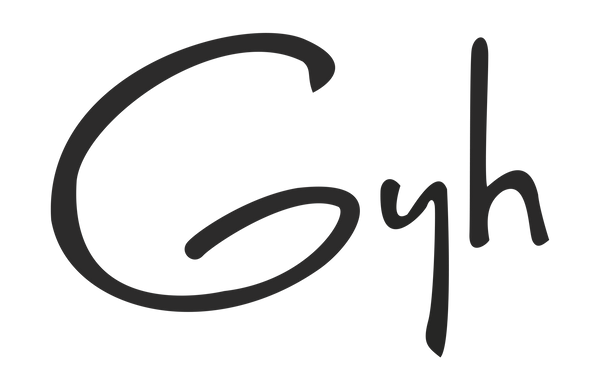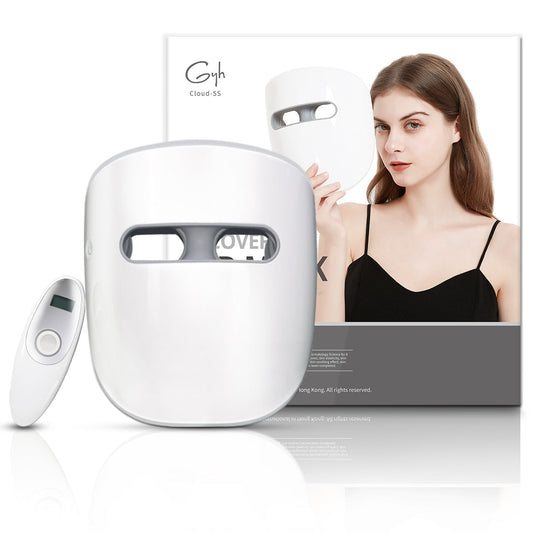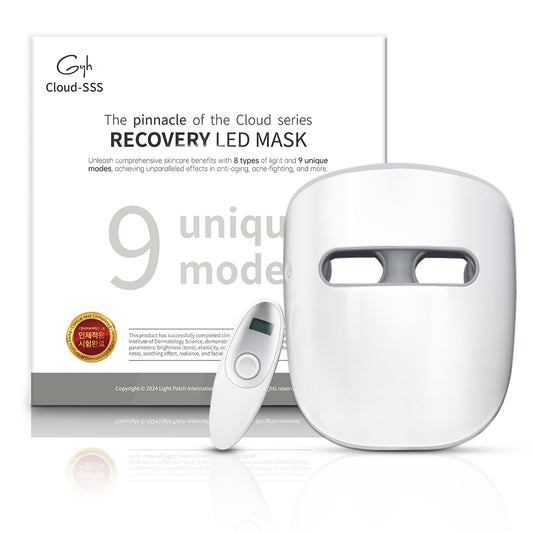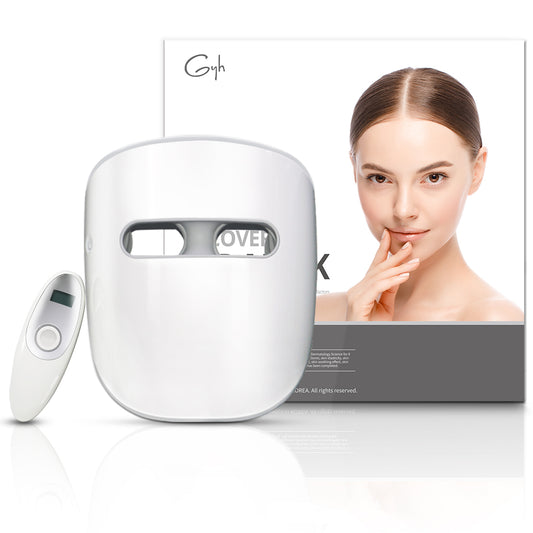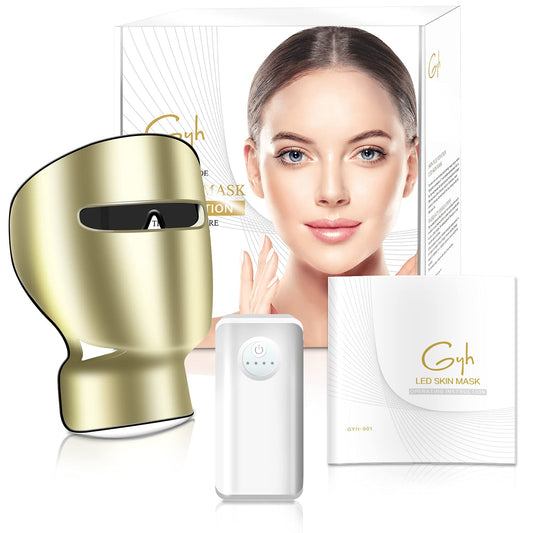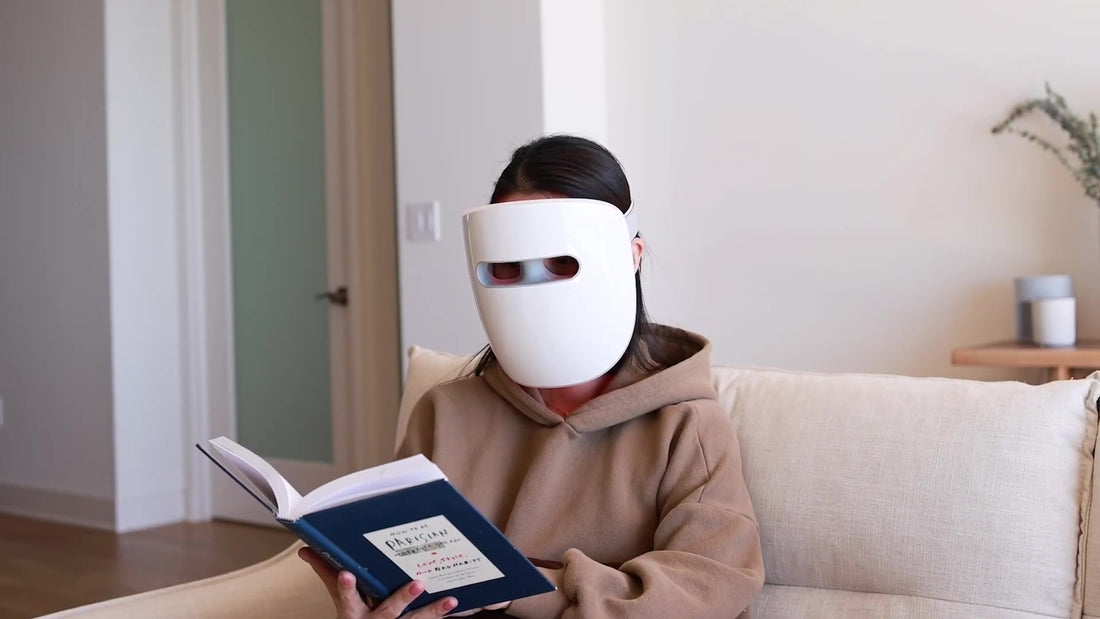
Does light therapy really work? Everything you need to know about light therapy.
Share
The process of using low-level non-thermal light-emitting diode (LED) light or lasers to enhance cellular function, known as photobiomodulation (PBM) or low-level light therapy (LLLT), is a medical modality of increasing clinical importance. The effects of light therapy and LLLT are photochemical. When used at the correct intensity and frequency, LED light sources produce photons of light energy that are absorbed by selected chromosomes in the tissue. This process stimulates mitochondrial activity and the production of adenosine triphosphate (ATP), improves blood circulation and tissue oxygenation, thereby alleviating the pain of cell proliferation, and boosting the production of anti-aging enzymes. Low-Level Laser Therapy (LLLT) of the correct wavelength, irradiance, and energy density breaks down nitric oxide and returns oxygen to cells, restoring ATP and reducing oxidative stress. Once the normal mitochondrial function is restored in LL, cellular metabolism improves, and the cellular function returns to normal. In recent decades, LED lights have proven to be a safe and effective light source for PBM. Treatment parameters such as wavelength, irradiance, and the dose may be responsible for the effect.
What are wavelength, irradiance, and dose?
The wavelength of light is defined as "the distance between two successive peaks or troughs of a light wave." Therefore, the distance between one peak or trough and the next wave is called the wavelength. Since LLLT works by transmitting specific wavelengths of light into our skin and being absorbed by our cells, its effectiveness is closely related to the amount of light reaching the target tissue. Wavelengths are usually expressed using associated colors, which typically include violet/blue (400-495nm), green (495-570 nm), yellow (570-590 nm), orange (590-620 nm), red (620-750 nm) and near-infrared (750-1200 nm) lamps. All tissue targets have optimal wavelengths for absorbing light. Different tissue targets trigger different biological processes.

Optical power density can be understood as the energy that light can transmit per unit area, and the unit is W/m² or mW/cm². Human cells respond to light with a biphasic effect, meaning that neither too low nor too high energy produces the results we expect. Higher irradiance generally means shorter treatment times. But higher irradiance is not always better. If the irradiance is too high, the photon energy can be converted into excessive heat in the target tissue; the mask may heat up and inhibit treatment or even have adverse consequences. GYH experts recommend choosing products with an irradiance of around 30mW/cm², which is clinically proven safe and effective energy.
The dose of phototherapy is measured in joules per square centimeter (J/cm2), which is the sum of the energy delivered to a unit area of tissue. Dose (J/cm2) = Irradiance (mW/cm2) x Time (sec).
Efficacy of various wavelengths of LED lights:

We all know that skin aging is mainly attributable to photoaging, resulting in a decrease in the number and biosynthetic capacity of fibroblasts, a decrease in the proliferation capacity of skin-derived cells, and an increase in the expression of collagen-degrading enzymes. It is manifested by a decrease in the overall amount of collagen, thickening and degradation of dermal collagen and elastic fibers, and weakening of collagen fibers. The best frequencies of light to reverse signs of aging are red and infrared - both between 600 and 880 nanometers. The light used in these anti-aging treatments comes in a variety of wavelengths and can penetrate below the surface of the skin to safely interact with skin cells. The light energizes the mitochondria of the skin cells, resulting in increased output from the mitochondria to the rest of the cell. Cells became stronger and multiplied faster after red light treatment. Related studies have shown that the combination of 633±5 nm red light and 830±5 nm NIR light can significantly improve key profile measurements (RMS roughness, average roughness, maximum profile peak height, maximum profile height). 52% of subjects showed a 25%‒50% improvement in photoaging scores by week 12; 81% of subjects reported a significant improvement in peripheral wrinkles on completion of follow-up, and subjects' skin overall improved younger.
The combination of red light and blue light can safely and effectively treat inflammatory acne, and its principle is as follows:
Most acne is caused by the bacterium P. acnes, which contains endogenous photosensitizers, including coproporphyrin III (CPIII) and protoporphyrin IX (PpIX). After absorbing blue light, these photosensitizers will effectively destroy Propionibacterium acnes. At the same time, red light penetrates deeper into the skin. It induces the release of anti-inflammatory cytokines from surrounding macrophages, resulting in anti-inflammatory and to some extent antibacterial effects.Therefore, if only blue light is used to treat inflammatory acne, acne can be removed quickly, but acne recurrence cannot be avoided. If combined with red light, it can effectively reduce the recurrence of acne and repair the scars left by acne. This combination therapy has been clinically validated by GYH.
The principle of the action of red light on the inhibition of melanin production: Melanin synthesis is a multi-step enzymatic biochemical reaction, and tyrosinase is the key enzyme in melanin synthesis, catalyzing the early rate-limiting steps of melanin synthesis, namely the hydroxylation of substrate tyrosine and the oxidation of DOPA. LED light in a certain wavelength range can inhibit tyrosinase synthesis and has a certain anti-melanin production effect. It is clinically useful for melasma and post-inflammatory hyperpigmentation. And red light can prevent and repair the skin damage caused by ultraviolet rays in the sun.
Light therapy for the treatment of sleep disorders and depression: In recent years, a large number of research results have shown that light therapy can be used to reduce people's mental stress, relieve depression and improve insomnia and improve sleep quality. Seasonal affective disorder ( SAD) is a seasonal pattern of recurrent major depressive episodes that most commonly occurs during autumn or winter and remits in spring or summer. Persons suffering from SAD commonly experience atypical symptoms, including hypersomnia, carbohydrate, and regret gain with increased weight. Phototherapy has been shown to prevent SAD, infrared light reduced the risk of SAD by 50% compared with no light therapy. The efficacy of phototherapy was recognized by Golden et al., who raised that adopting standard approaches to light therapy's specific issues and incorporating rigorous Designs are necessary to evaluate light therapy for mood disorders.
